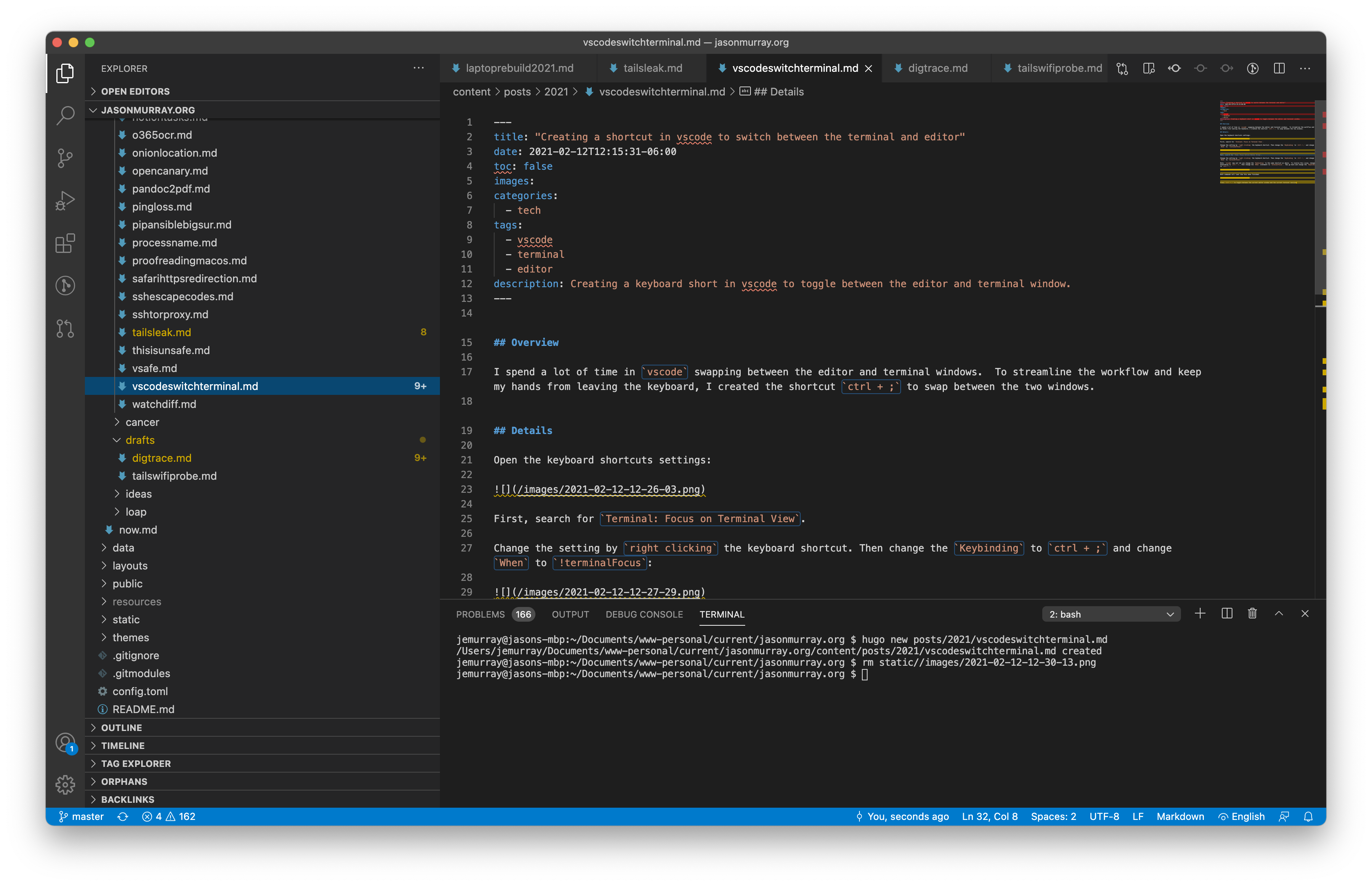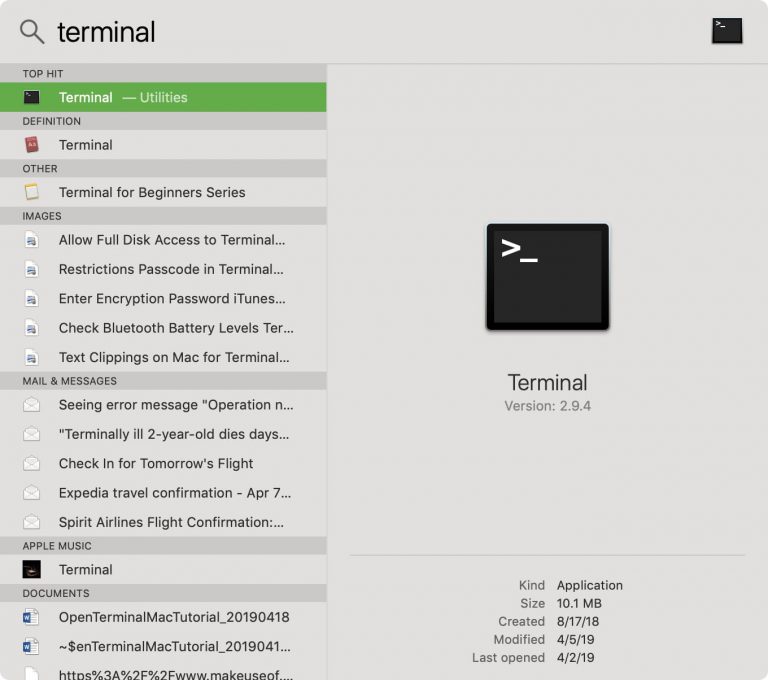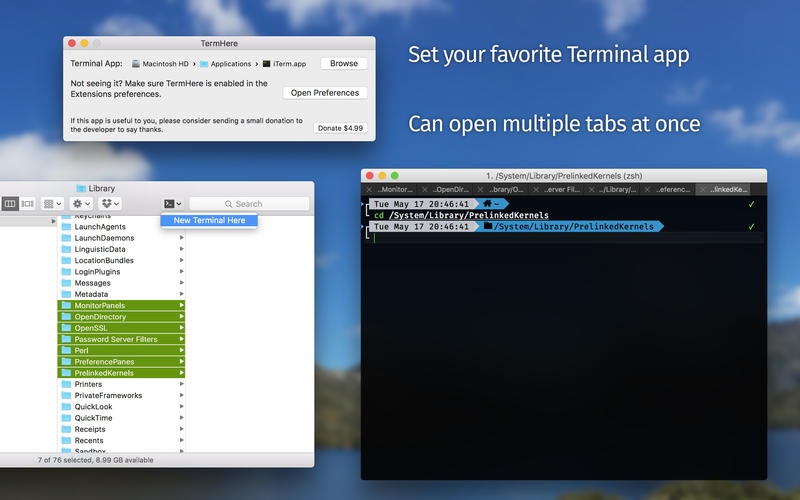


Note: Window placement starts in the top left corner of your screen with 0,0 and counts up to the bottom right corner. Next go to your Compiz Configuration Manager and activate these plugins if they are not already activated: regex matching, window decoration, window rules, and place windows.

Transparent Background: On, Move the slider to whatever level lets you easily see the text on your desktop wallpaper.

When terminal commands set their own title: Keep initial titleĬolor scheme: Black on white will only show black text on your desktop but you can pick whatever will match your theme/background. In the profile settings window that comes up change these settings for the new profile we just created. We will name the window embedded-HTG-term for this example but you can name it whatever you want. It is very important to name this profile something unique because the window name is how we are going to identify the window to embed it. To do this open your terminal and then go to File -> New Profile. We can also create different customized keyboard shortcuts for different actions which can save our time.The first step is set up a new terminal profile. We have discussed the default keyboard shortcuts by using which we can perform different tasks on the Raspberry Pi.
#Shortcut to open terminal how to#
How to create customized shortcut keys on the Raspberry Pi
#Shortcut to open terminal full#
Now we will close it by using the shortcut key of CTRL+Q:ĪLT+F2: This shortcut key of the keyboard is used to access the “Run” dialogue box of the Raspberry Pi to execute the different commands.ĬTRL+ESC: This shortcut key is used to open the start menu of the Raspberry Pi operating system.ĪLT+SHIFT: This shortcut key is used to switch between different open tabs of the Raspberry Pi operating system.ĪLT+F11: This shortcut key is used to maximize the window size to the full screen in the Raspberry Pi, for example, we have opened a terminal window, on pressing the ALT+F11, we have changed the size of the terminal window to the full screen. There are some default keyboard shortcuts that are used to manage different actions of the Raspberry Pi operating system and some of these shortcut keys are explained in this section.ĬTRL+ALT+T: This is the shortcut key to open the terminal of the Raspberry Pi operating system in order to manage different tasks through commands.ĬTRL+Q: This shortcut key of the keyboard is used to close any window of the Raspberry Pi which is already opened, for example, we have opened a window: What are the default keyboard shortcuts on the Raspberry Pi In this write-up, we will not only learn about the default keyboard shortcuts of the Raspberry Pi but also learn the method of adding our own customized shortcuts. In the Raspberry Pi, there are different shortcut keys that are used to perform different tasks whereas the Raspberry Pi operating system allows us to make our own keyboard shortcuts for different purposes which are known as customized shortcuts. The keyboard shortcut keys provide ease in performing different tasks like opening the file, saving the file, and deleting the file.


 0 kommentar(er)
0 kommentar(er)
